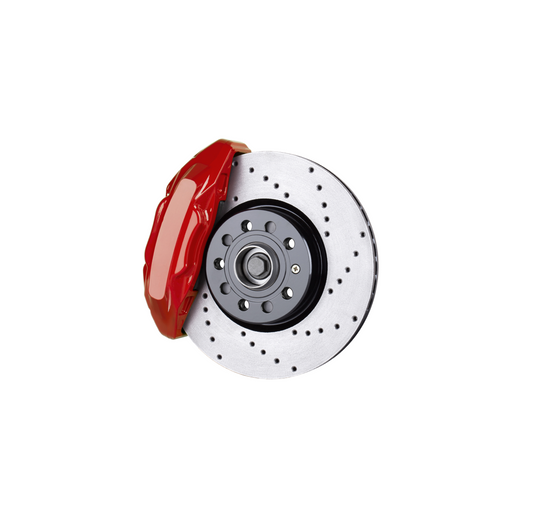Keeping your car running smoothly relies on a healthy engine, and regular oil changes are a crucial part of achieving this.Fresh oil lubricates moving parts, reduces friction, and helps prevent engine wear. While taking your car to a mechanic for an oil change is perfectly reasonable, there's a sense of accomplishment and potential cost savings in doing it yourself,especially for beginners.
This guide will walk you through the process of changing your car's oil, step-by-step. Before we dive in, keep in mind that consulting your car's owner's manual is always recommended. It will provide specific details about your vehicle, such as oil type and capacity, which might differ from this general guide.
Tools and Materials:
- Oil drain pan
- Socket wrench set (to fit your oil drain plug)
- Oil filter wrench (optional, some filters can be removed by hand)
- Funnel
- Rags
- New engine oil (refer to your owner's manual for type and quantity)
- New oil filter
Step-by-Step Guide:
Warm Up the Engine: Run your car for 5-10 minutes to warm up the oil, making it drain more easily.
Park and Prepare: Park your car on a level surface and engage the parking brake. Safety first! Chock the wheels if you're working on an incline.
Locate the Drain Plug and Oil Filter: Consult your owner's manual for their exact locations. The drain plug is typically located on the underside of the engine oil pan, while the oil filter can be near the engine block or mounted on the underside of the car.
Drain the Old Oil: Place the oil drain pan under the drain plug. Using the socket wrench, loosen the drain plug counter-clockwise (lefty loosey!). Be careful, the oil will flow out quickly at first. Once most of the oil has drained,remove the drain plug completely and let it drain for another 10-15 minutes.
Replace the Oil Filter: While the oil drains, use the oil filter wrench or your hand (if possible) to loosen and remove the old oil filter. Be prepared for some residual oil to drip out. Place a rag underneath to catch any spills.
Clean and Install the New Filter: Apply a thin coat of fresh oil to the gasket of the new oil filter. Screw on the new filter by hand until snug. Don't over-tighten it!
Replace the Drain Plug: Reinstall the drain plug with the socket wrench, tightening it to the specifications in your owner's manual (usually not overly forceful).
Add New Oil: Place the funnel in the oil fill hole (usually on top of the engine) and slowly pour in the recommended amount of fresh oil as specified in your owner's manual. Don't overfill!
Check the Oil Level: Remove the dipstick, wipe it clean, then reinsert and remove it again to check the oil level.The oil level should be between the minimum and maximum markings on the dipstick. If it's low, add a small amount of oil at a time, rechecking the level after each addition.
Clean Up and Final Touches: Wipe up any spills with a rag. Start your car and let it run for a few minutes. Check for leaks around the drain plug and oil filter. Turn off the engine and check the oil level one last time.
Safety and Disposal Tips:
- Wear gloves and safety glasses when handling used oil.
- Never pour used oil down the drain or on the ground. Many auto parts stores and repair shops accept used oil for recycling.
- Allow used oil to cool completely before storing it in a sealed container.
Choosing the Right Oil:
Selecting the right engine oil for your car is important. Your owner's manual will specify the recommended oil type (e.g.,synthetic, conventional) and viscosity grade (e.g., 5W-30). Consider factors like your climate and driving habits when making your choice.
Conclusion:
Congratulations! You've just completed your first DIY oil change. Regular oil changes are an essential part of car maintenance, and by following these steps, you can tackle this task yourself and save some money in the process.Remember, if you're ever unsure about any step, it's always best to consult a mechanic. Happy wrenching!





















